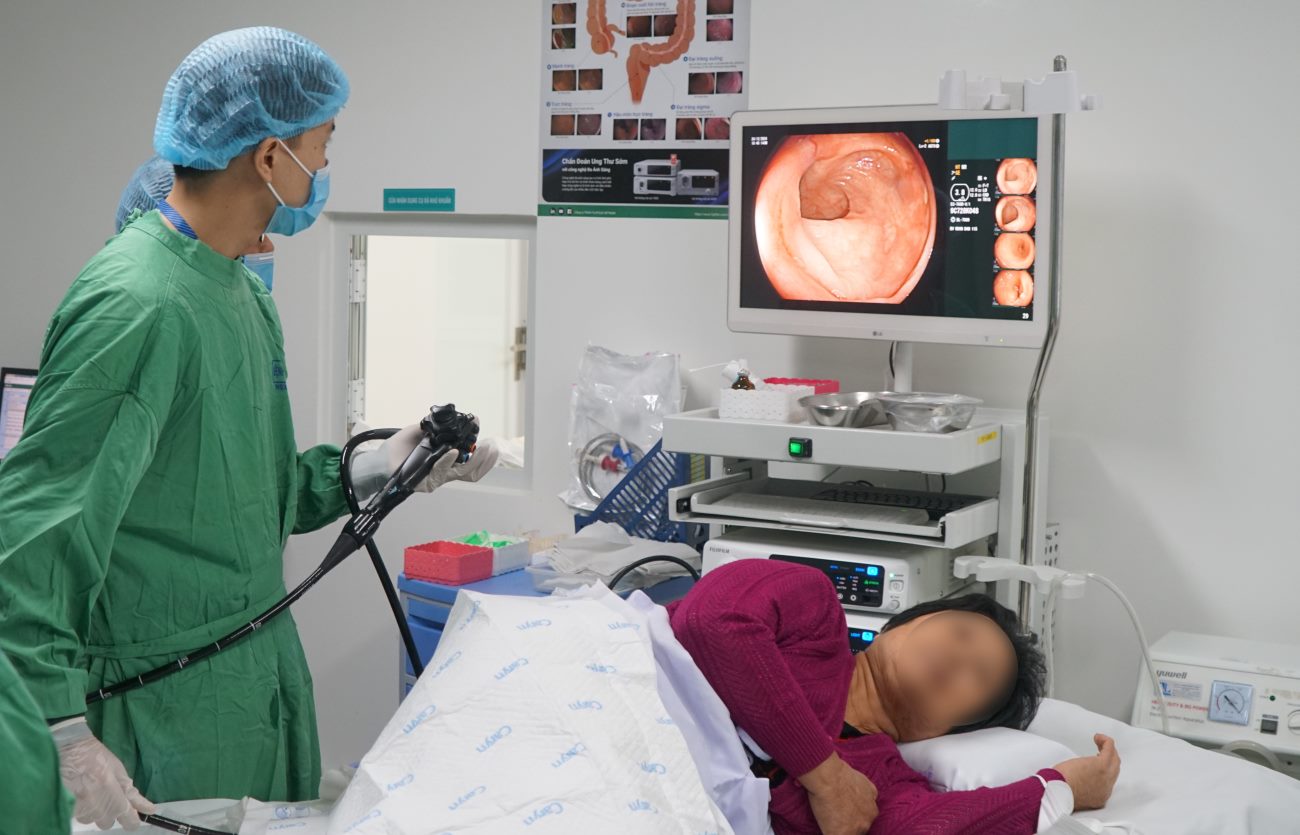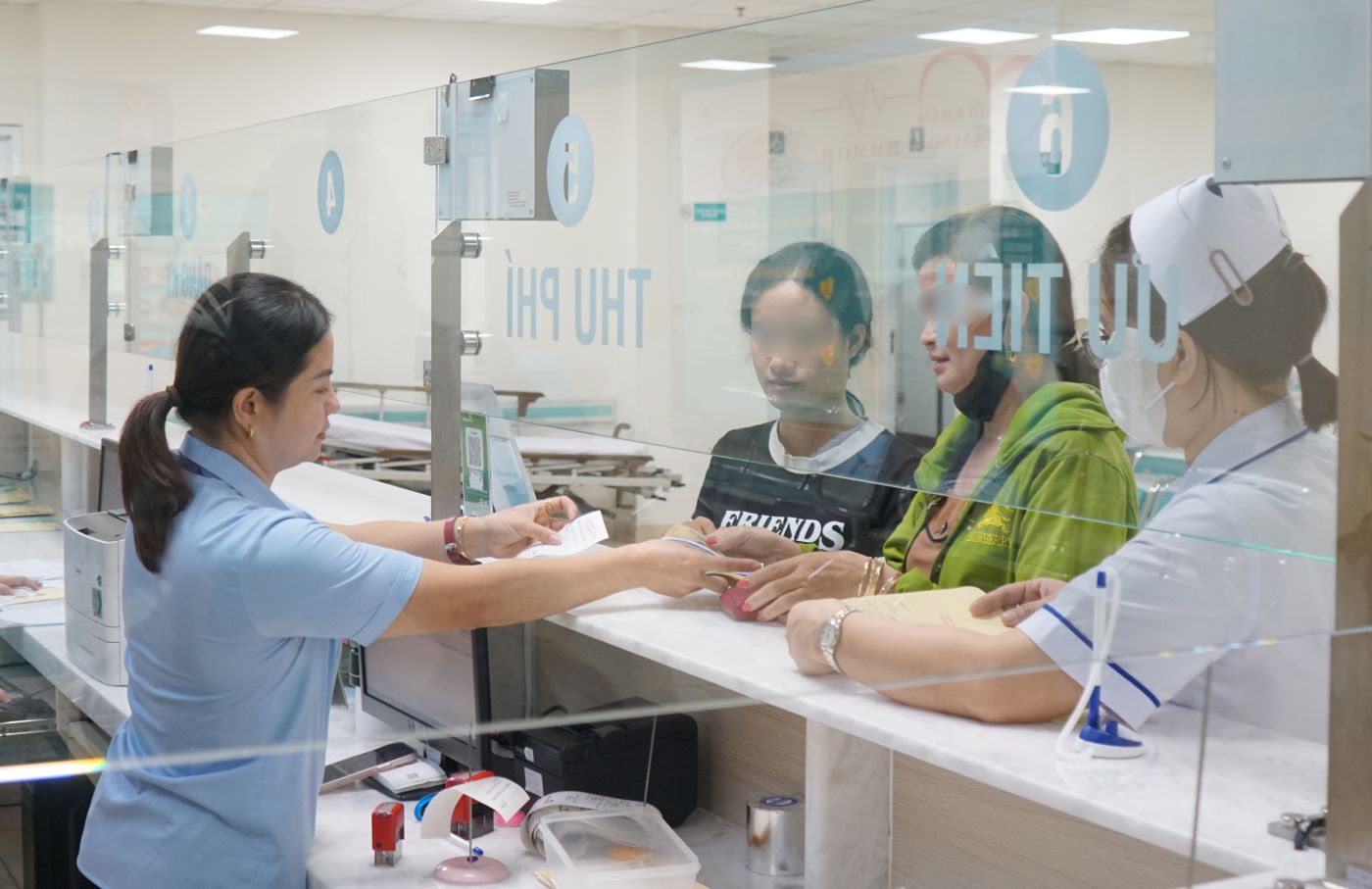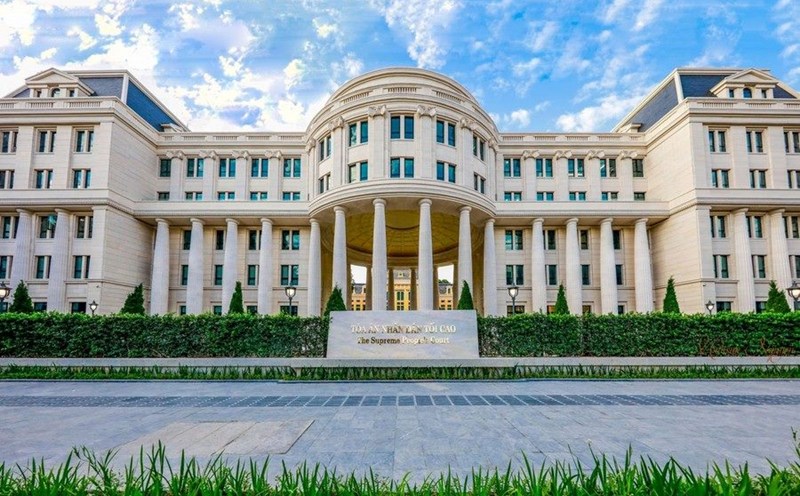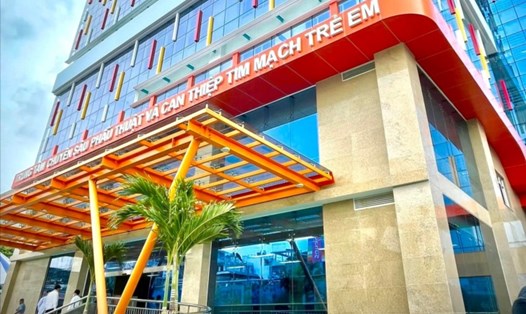A series of advanced, specialized techniques are performed.
As a first-class general hospital at the end of Ho Chi Minh City, People's Hospital 115 has implemented many advanced and modern techniques, including techniques successfully deployed for the first time in Vietnam such as RAPID artificial intelligence software - opening up a golden opportunity for late stroke patients.
This contributes to the goal of building the hospital into a specialized medical center according to the city's orientation.
According to Dr. Tran Van Song - Director of People's Hospital 115, the unit receives more than 350 emergency patients every day. Each year, nearly 1 million inpatients and outpatients come for medical examination and treatment.
The hospital has oriented and developed key specialties such as neurology, cardiology, nephrology - urology, neurovascular - cardiovascular intervention, emergency - resuscitation - anesthesia. This is also the foundation for developing specialized medical techniques.

As a grade 1 pediatric hospital in the city, Children's Hospital 1 also develops many new techniques, specializing in the fields of neonatology, cardiology, emergency resuscitation...
For example, the hospital has applied advanced techniques in the care and treatment of newborns in the world, contributing to reducing the infant mortality rate from nearly 10% in 2004 to less than 1% in 2024.
At the same time, become a specialized neonatal treatment center meeting level 4 neonatal resuscitation standards (the highest level according to international standards) in the Southern region.
Promote specialized medicine and comprehensive health care
In order to develop specialized healthcare, the Director of People's Hospital 115 proposed to build a 500-bed specialized inpatient treatment area, and consider approving a plan to purchase specialized high-tech equipment such as MRI and DSA systems...
A representative of Children's Hospital 1 said that the unit has invested in building 3 new buildings with a scale of 1,500 beds with an area of 60m2/bed. However, it still cannot meet the medical examination and treatment needs of the people.
The bed occupancy rate in 2024 is 102%, the area for hospital beds has not met the standard of 80m2/bed. Therefore, the hospital proposed to build 3 new blocks according to the approved planning.

According to Associate Professor, Dr. Nguyen Anh Dung - Deputy Director of the Ho Chi Minh City Department of Health, the city has 20 general and specialized hospitals at the end of the line carrying out the task of developing specialized healthcare.
Ho Chi Minh City's specialized medical field has achieved many positive results in obstetrics, pediatrics, internal medicine, oncology, organ transplantation, etc.
However, there are still limitations in the development of specialized medicine, typically the situation of patient overload.
Currently, Ho Chi Minh City serves about 50% of patients from the southern provinces and regions. In particular, specialized departments such as pediatrics and oncology receive nearly 80% of patients from the provincial level.
Specialized centers help solve the problem of overload, but there are still many problems with resources, health insurance...
The autonomous hospital system is also facing difficulties in conditions where hospital fees are not calculated correctly or fully.
Associate Professor, Dr. Nguyen Anh Dung added that one of the important proposals is to develop appropriate hospital fees and comply with the regulations of the Ministry of Health. To meet the increasing demand for health care, medical human resources, especially nursing, need more attention.
Regarding the investment plan, Ho Chi Minh City plans to invest 54,700 billion VND in major healthcare projects in the 2026-2030 period.
According to the development orientation of Ho Chi Minh City to 2030, with a vision to 2045, Ho Chi Minh City aims to become the healthcare center of the ASEAN region. One of the four important goals that the health sector of Ho Chi Minh City must achieve is to develop specialized medical centers.











